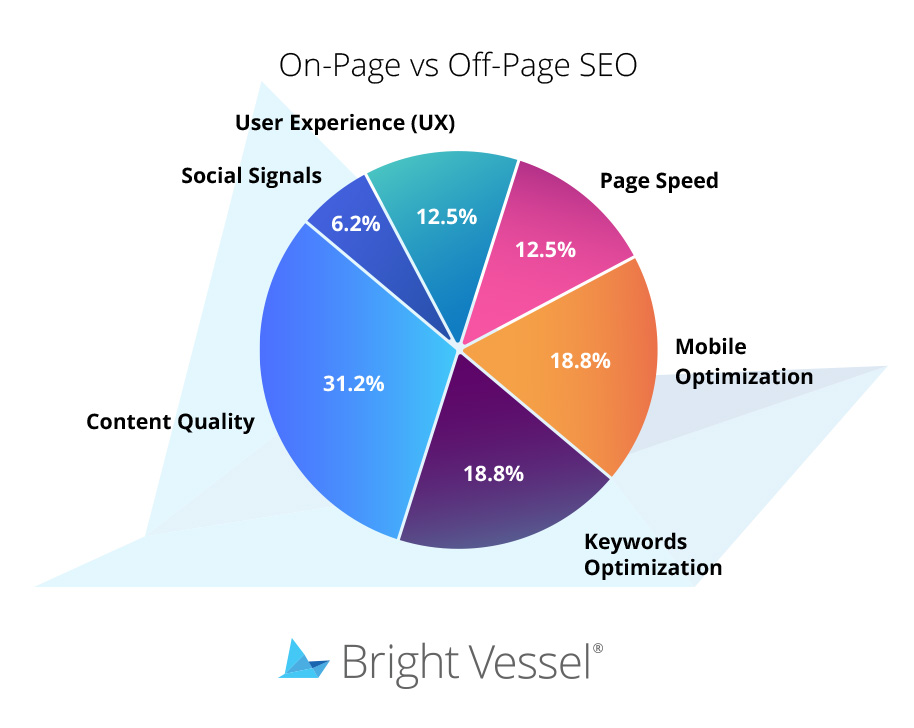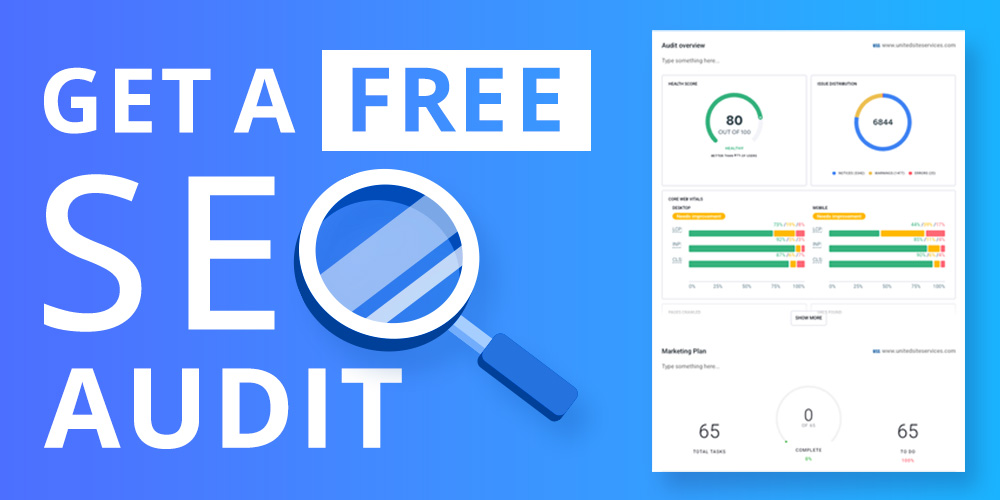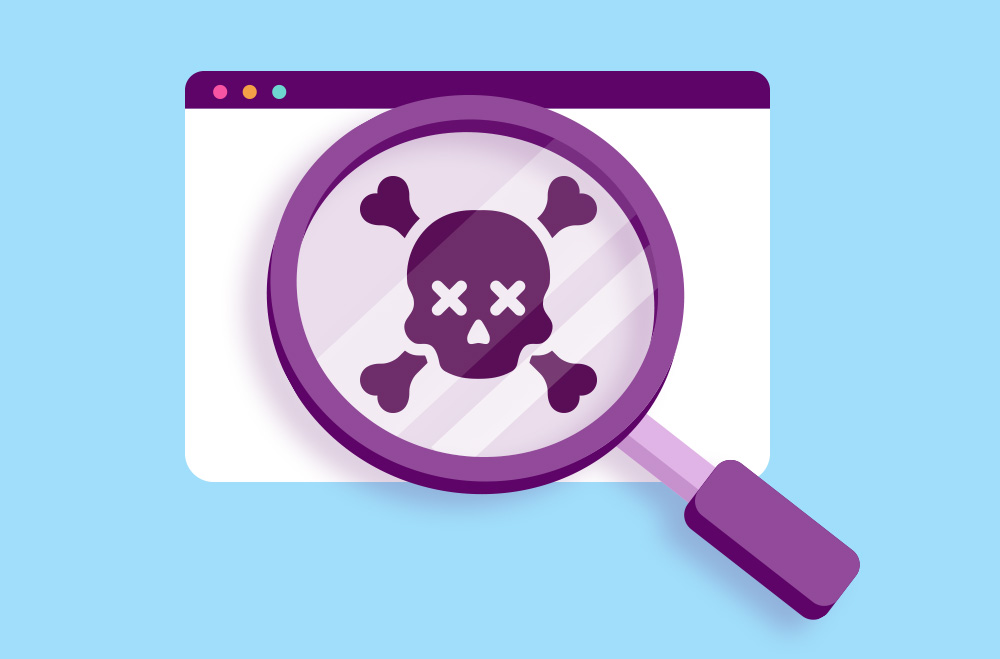

SEO strategy can be visualized easily with an SEO Weight Diagram pie chart, where each slice represents a different factor's contribution to overall SEO effectiveness. Let's delve into these factors, understand their weights, and summarise their impact on your SEO efforts.

High-quality, engaging content is the most significant slice of the SEO pie, making up approximately 25% of overall SEO effectiveness.
The quantity and quality of backlinks to your website account for about 20% of your SEO score, signaling trust and authority to search engines.
Strategic use of keywords contributes approximately 15% to the SEO pie, highlighting the importance of understanding and matching user search intent.
As mobile browsing prevails, mobile optimization's contribution to SEO effectiveness is about 15%.
Page speed affects user experience and rankings, making up 10% of the SEO pie.
UX contributes to 10% of the SEO weight, emphasizing the need for a site that is easy to navigate and engage with.
Although a smaller slice, social signals account for around 5% of SEO effectiveness, reflecting the impact of social media interactions on SEO.

On-page SEO includes all the measures that can be taken directly within the website to improve its position in the search rankings. This includes content quality, keyword optimization, meta tags, headers, URL structure, and site speed.
Off-page SEO involves all activities outside the website to improve its search ranking. The most significant factors here are backlinks, social signals, and other external factors.
These estimates reflect a consensus that off-page SEO, particularly backlinks, plays a more substantial role in determining a website's rank than on-page factors. The rationale is that while on-page optimization is entirely under the site owner's control and can be seen as an essential requirement, off-page SEO represents external validation, which search engines value highly for determining a site's authority and relevance.
The balance can shift based on the specific competitive landscape of a given search query, the current state of a website's SEO, and ongoing updates to search engine algorithms. Therefore, these percentages should serve as a guideline rather than a fixed rule. On-page and off-page SEO are crucial for a successful SEO strategy, and neglecting either can hinder a website's potential to rank well.
For the most current insights and data-driven recommendations, it's essential to stay informed with the latest from reputable sources like Moz, Search Engine Land, and Ahrefs. These platforms frequently update their guidelines and findings based on evolving SEO trends and search engine algorithms.
The initial percentages provided were meant to simplify the complex nature of SEO for explanatory purposes. In practice, the exact contribution of on-page versus off-page SEO factors is subject to ongoing debate. It can vary widely based on numerous variables, including changes in search engine algorithms, the competitive environment of specific niches, and the strategies of individual websites.

"*" indicates required fields

"*" indicates required fields

"*" indicates required fields
You must be logged in to post a comment.





